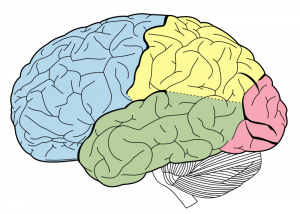
1 in 5 women don’t know the warning signs of a stroke.
Public health campaigns stress the importance of identifying and treating a stroke as quickly as possible. The more time that passes the greater the likelihood of permanent damage or death. Despite campaigns to raise awareness, 1 in 5 American women can’t identify a single warning sign, according to a study published this week in the journal Stroke.
This is especially worrying as strokes are the third leading cause of death among American women and the fourth among all Americans. Strokes also affect approximately 55,000 more women than men each year.
When the American Heart and American Stroke Associations began tracking women’s awareness of stroke signs and symptoms in 1997 only 11 percent said they felt well-informed about what to look out for. The number today is higher, but still not high enough, say experts.
In the study published in Stroke over 1,200 women were asked to name the signs of a stroke and what they would do if they thought they were having one. While 84 percent knew to call the emergency services if they thought they were having a stroke, only half (51%) recognised sudden weakness or numbness of the face or limb as a warning sign of impending stroke.
Less than half could identify loss of speech as a sign, and even fewer recognised sudden severe headaches, loss of vision, or unexplained dizziness as symptoms of a stroke.
The symptoms of a stroke vary from person to person which is why knowing all the warning signs and symptoms is important, says Heidi Mochari-Greenberger, lead author of the study. Treatment within 4.5 hours of the first symptom is the most effective, said Dr Larry Goldstein, a neurologist and the director of the Duke Comprehensive Stroke Center, told Shots.
Raising awareness
The American and British Stroke Associations are running the FAST campaign, a mnemonic to help raise awareness of stroke symptoms, on television and online.
Face Drooping – Ask the person to smile, is the smile uneven? Does one side of the face droop or is it numb?
Arm Weakness – Ask the person to raise both arms above their head, does one drift downwards?
Speech – Is speech slurred? Is the person hard to understand? Ask them to repeat a simple sentence, can they repeat it correctly?
Time – If someone shows any of the these symptoms call 911 (999 in the UK) and get them to hospital immediately. Note the time the first symptoms appeared.
The most important thing to remember and watch for, Goldstein says, is “if there is an abrupt change neurologically — any abrupt change. That could be a stroke and that needs to be taken seriously.”
http://youtu.be/WYHaSyN5eeg